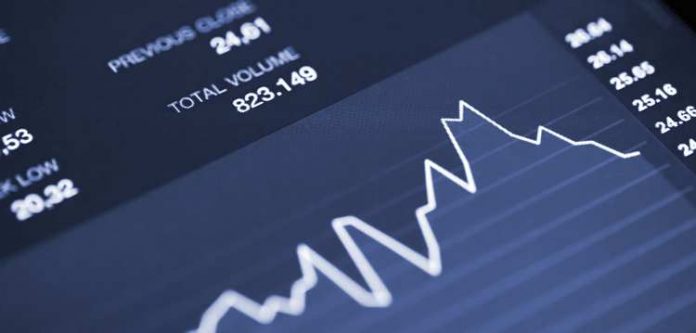Accounting software is smart and capable. In order for accounting software to be so smart and capable, it is complex and consists of several different components. Somewhat like our bodies, these components serve different purposes. When it comes to the human body, our sensory organs input information, our brains process that information and we use our mouths to then express (or output) our opinion or conclusions on the processed information.
Components of modern software versus traditional systems
In the same way, accounting software has 4-5 standard components. It is important to note that these components are – for the most part – somewhat similar to those one would typically witness in a traditional accounting system.
However while the names of the components might remain similar in traditional accounting systems, their nature and scope are rather different in their software avatar.
Let’s take a closer look:
In a traditional accounting system- as most of you will already know – the components comprise:
- Input devices
- Information processors
- Information storage
- Output devices.
They are known by the very same names in accounting software too. It is important to note that although the core accounting software actually only performs processing and storage, it has changed the way data is inputted and outputted.
Components of accounting software:
- Data input component
Accounting software, particularly Dext Prepare, uses the same input devices that traditional accounting might use, such as a computer. However, the software is able to successfully eliminate the need to manually enter data into the accounting system using any of these devices. Accounting software comes with Optical Character Recognition (OCR) technology which can easily extract data from a scan of an invoice, bill or receipt or a bank statement, or even an online source.
Strictly speaking, the software cannot consist of a device and as such the first component of accounting software would probably be called the data input component or the data extraction component.
Data also flows directly from the company’s business bank account to the company’s books of accounts with zero human or device intervention.
- Information processing component
This component of accounting software, which sorts and categorizes data, is able to flag up discrepancies, errors, and anomalies and provides spontaneous, live, and on-the-go insights.
Let’s take these amazing abilities one by one.
- The accounting software can sort suppliers by different rules set up by users – they can be sorted by tax or region or any other filter that is relevant to the user. Additionally, the software is able to sort all the bills, invoices, and receipt data extracted. It achieves this by responding to categorization rules set up by the supplier or, if no rules are set up – it bundles similar data together.
- Given that the system is intelligent and has access to so much data, it is able to identify errors and it flags these up for a human to intervene and fix.
- When we say spontaneous, live, on-the-go insights we’re talking about the ability to tell you when a tax law is about to change resulting in potential losses or less-than-perfect profits. We’re talking about the ability to measure and quantify the work you’re doing for various clients.
The processing abilities of accounting software are in fact its claim to fame, its main edge over traditional accounting systems.
- Information storage component
Accounting software stores your books of accounts on a cloud – that’s why you have access to live data anytime and anywhere and from any device (provided you log in securely with the login id assigned to you – for your own security).
A lot of organizations are moving their overall operations to the cloud abandoning costly, high maintenance, and undependable physical servers. Moving one’s books to the cloud is a good place to start.
- Output component
As you may have guessed, accounting software has also revolutionized the way data can be accessed and printed. No need for a stock of printouts to be delivered to you. In fact, you don’t even necessarily need your computer screen. Access your books even from your smartphone. The software is capable of giving you bar graphs or pie charts or a synopsis of your key financial data as of NOW and your financial health, anytime and anywhere via your smartphone.
Similarly, your clients need not scour through emails for invoices from you. They can simply access these via their client dashboard.
You need not wait for a read receipt auto-sent by your client’s email when they open your email containing your retainer invoice. You’ll know when they open and pay receipts automatically.
A great source of valuable information in order to make informed decisions while finding the ideal solution would be Dext, check out https://dext.com/uk.
Conclusion:
Accounting software uses a similar approach to traditional accounting systems in that it focuses on exhaustive gathering of data and data preservation. However, accounting software gears your business for greater profitability by also ushering in characteristics such as convenience, spontaneous insights, automation and elimination of human error, and of course, live on-the-go access. It’s the same; just better.

